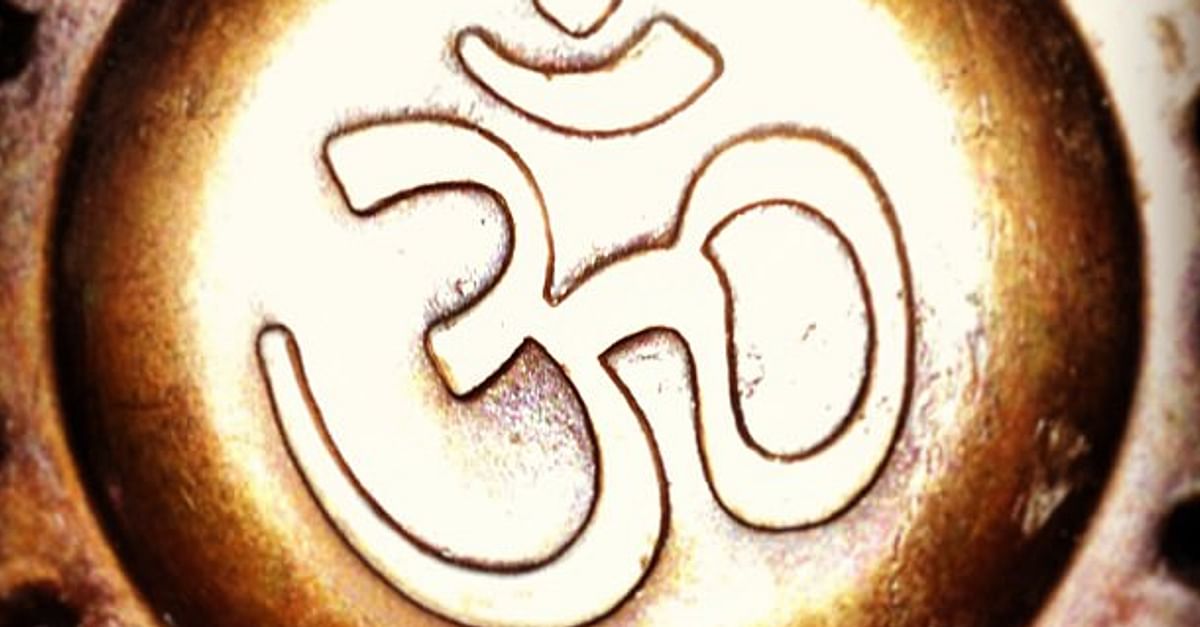History of Hindu culture
Hindu culture
Hindu culture is the sum total of the foundations that form this entire Indian civilization, in which we can visualize its customs, religions, culinary aspects, music, ceremonial rites, artistic expressions, values and lifestyle of more than 100 indigenous groups of this country.
Therefore, due to many factors, we can observe differences in the manifestation of their culture in different regions of the country. This is how Hindu culture can be seen as a fusion of several cultures scattered across India, customs and practices that have existed for a long time.
The Indian custom dates back to the middle of the 4th millennium BC. Around the time the Rigveda, the oldest book of Vedic history, was written in Sanskrit.
The contents of this collection of songs written in ancient Vedic Sanskrit as a dedication and tribute to the gods; There are 10 ancient texts of this culture called the Vedas and this is part of them as it is the most archaic of them all.
Another importance of Hindu culture in the world is its gastronomy and various dharmic religions.

In terms of religion, this country has given birth to Hinduism, Buddhism, Sikhism, Jainism, religions that have been adopted not only in India but by various people around the world, with Buddhism being the most practiced and popular of all.
History of Hindu culture
The times that make up the history of Hindu culture developed in two stages: Vedic and Brahminical.
We’ll take a closer look at each of them below:
Vedic
This time period is the oldest or most remote from the Hindu culture, which, according to research, covers the period from 3000 to 2000 BC. manage to stay for many years compared to other ethnic groups.
This civilization used to inhabit communities and they developed to the point where they were compared to great civilizations and cultures such as Egypt and Mesopotamia.
It is believed that the Dravidians founded such metropolises as: Mahenjo-Daro and Harappa in the Indian Valley; and Barigaza and Supara in Nevada. Similarly, they excelled in agriculture, trade, and bronze work.
His religion was polytheistic; thus they worshiped the mother goddess, the god of fertility, and the animals of the jungle.
Brahminical
At this stage of time India existed under the domination of the Brahmins or the priestly caste, at this stage two most transcendental stages can be distinguished.
Prebuddha
During this period, the entire Hindu civilization was under the rule of the Brahmins, who formed a priestly caste, the successor to the Aryans who came from the Caspian Sea, who in the second millennium BC.
invaded the valley of India and the river Ganges. , introducing the horse, iron weapons and war chariot into this territory in India.
During this period, many local kingdoms were founded, and consequently the poems Mahabharata and Ramayana arose from civil wars between them.
Buddha
This period corresponds to that of the Hindu reaction to the abuses of Brahmanism, which led to the triumph of the Buddhist school, which by its wisdom made civilization feel the yearning for conscience, creating a period of time full of peace.
At this time, the commander Chandragupta Maurya, after the conquest and unification of northern India, founded the Mauryan Empire, the capital of which was in the city of Pataliputra (modern Patna), on the banks of the Ganges.
Over time, this country fell into the hands of the British as a result of their conquests in Indian territory, turning its entire territory into a more or less British colony in the middle of the nineteenth century.
In this territory, the effect of colonization is felt, because over time, the mixing of one culture with another left significant traces in Hindu culture and for this reason, this culture has reduced its ability to develop in order to support itself in other powerful civilizations and territories. .
By August 15, 1947, India was able to gain freedom as a country thanks to the independence movement led by Mohandas Karamchand Gandhi, better known as Mahatma Gandhi, a Hindu politician, pacifist, philosopher and lawyer, through a violent civil insurrection, he managed to achieve the freedom of an entire people.

In the same period of time, it was not possible to combine Hindu culture with Muslim culture as an integral society, thanks to which India emerged as a nation and the creation of two new countries, Bangladesh and Pakistan.
India is a country rich in culture and has many elements that characterize it, such as its religious pluralism, its natural beauty, its gastronomy with wonderful smells, colorful ceremonies and magnificent architecture.
All this and more surrounds Hindu culture.
religion in india
India is the origin of so-called Dharmic religious practices such as Hinduism, Buddhism, Jainism and Sikhism. We will describe each of them below:
Brahmanism and the Code of Manu.
This was the monotheistic religion of the early Hindus, based on the worship of the creator god Brahma; moreover, it is affirmed in eternity and the rebirth of the spirit through the good deeds of the individual.
Buddhism.
This is the teaching created by Siddhartha Gautama, who gave up his wealth to take the name of Buddha. This religion claims that the goal of man is to reach nirvana by practicing goodness, ignoring the caste society.
Hinduism.
It is one of the world’s most popular religions and Hindu culture. In a polytheistic manner based on the scriptures of the Vedas, she respects the class system, resurrection, and the presence of the chief god Brahma.
